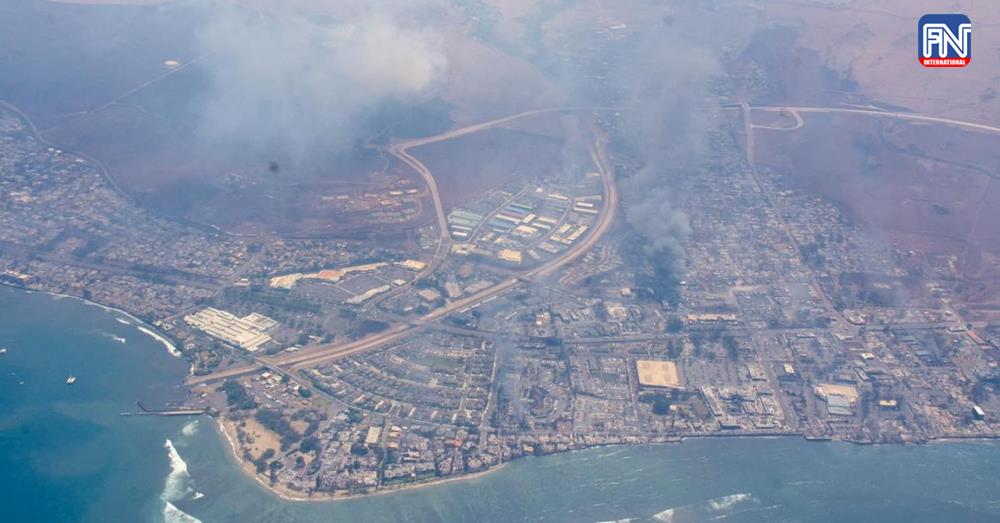MAALAEA, Aug 11 (Reuters) - Hawaiian officials on Friday (Aug 11) were still trying to determine what caused a deadly wildfire to sweep through Lahaina on Maui island with terrifying speed, killing at least 67 and decimating the historic resort town with little warning to residents.
The death toll was expected to rise as search teams combed through the charred ruins of the town with the aid of cadaver dogs, after the fire torched 1,000 buildings and left thousands homeless in what officials say is the worst natural disaster in the state's history.
"As firefighting efforts continue, 12 additional fatalities have been confirmed as of 1pm today amid the active Lahaina fire. This brings the death toll to 67 people," Maui County said in a statement.
Governor Josh Green has been warning the number was likely to climb further.
"Without a doubt, there will be more fatalities. We do not know, ultimately, how many will have occurred," Green told CNN when the toll stood at 59.
Three days after the disaster, it remained unclear whether some residents had received any warning before the fire engulfed their homes.
The island includes emergency sirens intended to warn of natural disasters and other threats, but they did not appear to have sounded during the fire.
Officials have not offered a detailed picture of precisely what notifications were sent out, and whether they were done via text message, email or phone calls.
Maui County Fire Chief Bradford Ventura said at a Thursday press conference that the fire's speed made it "nearly impossible" for frontline responders to communicate with the emergency management officials who would typically provide real-time evacuation orders. He also noted that cellular service was knocked out.
"They were basically self-evacuating with fairly little notice," he said, referring to residents of the neighborhood where the fire initially struck.
County Mayor Richard Bissen told NBC's "Today" show on Friday that he did not know whether sirens went off but said the fire moved extraordinarily quickly.
"I think this was an impossible situation," he said.
The disaster began unfolding just after midnight on Tuesday when a brush fire was reported in the town of Kula, roughly 56km from Lahaina. About five hours later that morning, power was knocked out in Lahaina, according to residents.
In updates posted on Facebook that morning, Maui County said the Kula fire had consumed hundreds of acres of pastureland, but that a small three-acre (1.2-hectare) brush fire that cropped up in Lahaina had been contained.
By that afternoon, however, the situation had turned more dire. At around 3.30pm, according to the county's updates, the Lahaina fire suddenly flared up. Some residents began evacuating while people, including hotel guests, on the town's west side were instructed to shelter in place.
In the ensuing hours, the county posted a series of evacuation orders on Facebook as the fire spread through the town.
Some witnesses said they had little advance notice, describing their terror when the blaze consumed Lahaina in what seemed a matter of minutes. Several people were forced to leap into the Pacific Ocean to save themselves.
The Lahaina evacuation was complicated by its coastal location next to hills, meaning there were only two ways out, at best, said Andrew Rumbach, a specialist in climate and communities at the Urban Institute in Washington.
"This is the nightmare scenario," said Rumbach, a former urban planning professor at the University of Hawaii. "A fast-moving fire in a densely populated place with difficult communications, and not a lot of good options in terms of evacuations."
The Maui blazes are the latest wildfires that have struck this summer around the globe. Fires forced tens of thousands of people in Greece, Spain, Portugal and other parts of Europe to evacuate, while in western Canada smoke from a series of severe fires blanketed a vast swath of the US Midwest and East Coast.





